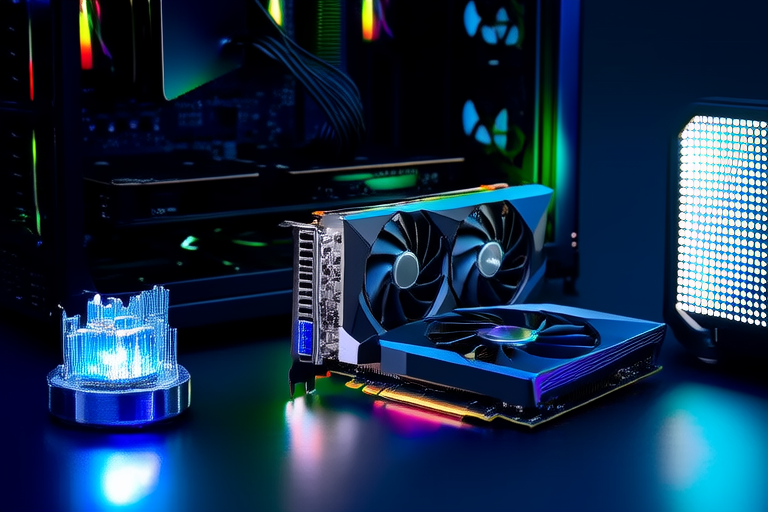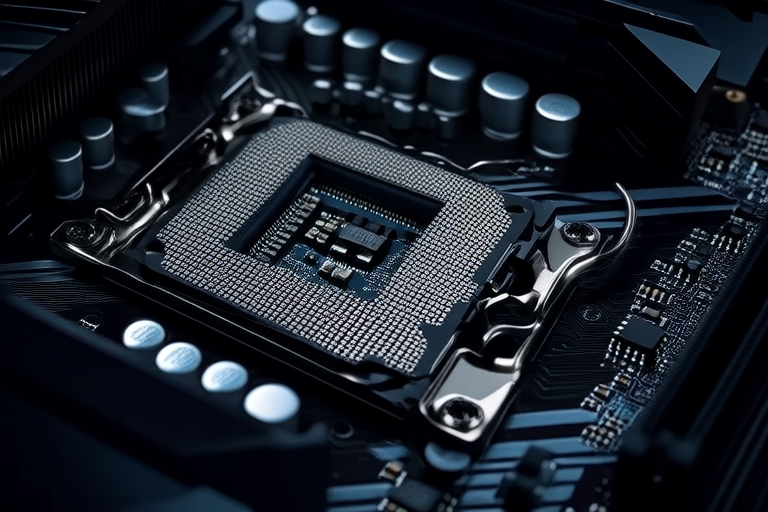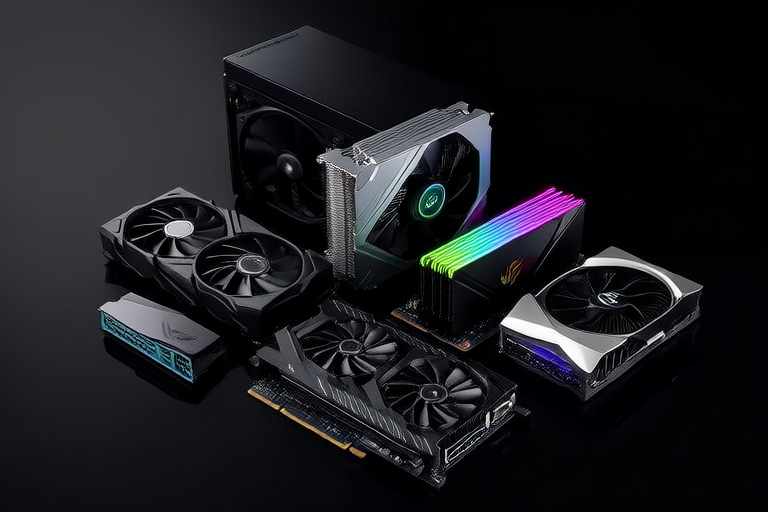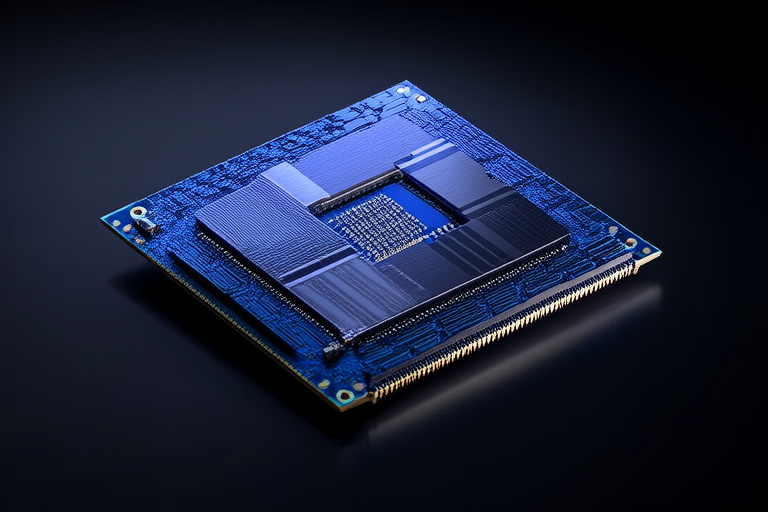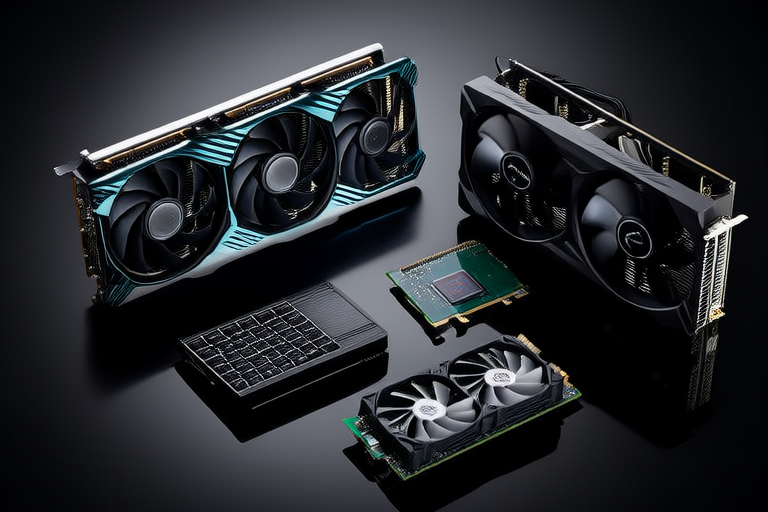“`html
From Chips to Cases: Exploring Key Trends in Modern Computer Hardware
Introduction
The world of computer hardware is constantly evolving, driven by technological advancements and increasing demand for performance, efficiency, and innovation. Whether you’re a professional relying on cutting-edge computing power or an enthusiast seeking the latest in gaming and multimedia capabilities, understanding the current trends in hardware is crucial. This article delves into the key areas of modern computer hardware, from processors (chips) to peripherals and cases, highlighting recent advancements and future predictions.
Advancements in chips, storage solutions, cooling techniques, and case designs are shaping the landscape of computing today. This exploration aims to provide a comprehensive overview of these developments, offering insights that are valuable for both novices and experts alike.
Section 1: Processors (Chips)
At the heart of every computer lies the processor, or chip, which plays a pivotal role in determining overall system performance. Recent advancements in CPU and GPU architectures have significantly enhanced computational capabilities. Clock speeds, core counts, and energy efficiency are key features that define the performance of these chips.
Intel, AMD, and NVIDIA are the major players in this space, each offering unique advantages. Intel processors are known for their reliability and performance, while AMD provides excellent value with its multi-core processing capabilities. NVIDIA, on the other hand, excels in graphics processing, making it a favorite among gamers and professionals in fields requiring intensive visual computations.
Innovations like multi-core processing, integrated graphics, and AI acceleration have further pushed the boundaries of what processors can achieve. These advancements not only improve speed and efficiency but also open up new possibilities for applications in artificial intelligence, machine learning, and virtual reality.
Section 2: Memory and Storage Solutions
The evolution of RAM has been remarkable, progressing from DDR3 to DDR4 and now DDR5. Each generation brings improvements in speed, capacity, and power efficiency. Solid-state drives (SSDs) have largely replaced traditional hard disk drives (HDDs) due to their superior performance, particularly in terms of read and write speeds.
NVMe technology has revolutionized storage performance, offering faster data transfer rates through the PCIe interface. This has been especially beneficial for applications requiring rapid data access, such as gaming and video editing. Emerging technologies like 3D XPoint and persistent memory are promising, offering even greater performance and reliability.
The shift from HDDs to SSDs has not only improved performance but also reduced the physical size and power consumption of storage devices, contributing to more compact and efficient computing systems.
Section 3: Cooling Solutions
Cooling solutions are essential for maintaining optimal performance and longevity of computer components. Various methods are available, ranging from air cooling to liquid cooling and even phase change cooling. Air cooling remains popular for its simplicity and cost-effectiveness, while liquid cooling offers superior performance for high-end systems.
Advancements in thermal design power (TDP) management have enabled more efficient cooling solutions, reducing heat generation and improving overall system stability. Innovative cooling products, such as closed-loop liquid coolers and advanced heatsinks, provide significant benefits for both gamers and professionals.
Eco-friendly cooling solutions are gaining traction as well, focusing on sustainability and reducing environmental impact. These solutions often incorporate renewable energy sources and energy-efficient designs, aligning with growing concerns about climate change and resource conservation.
Section 4: Peripherals and Cases
Peripheral devices and case designs are critical for enhancing user experience and system aesthetics. Keyboards, mice, monitors, and other peripherals have seen significant advancements in ergonomics and functionality. Ergonomic designs prioritize comfort and reduce strain during extended use, while features like programmable keys and customizable profiles offer greater flexibility.
Customizable RGB lighting has become a hallmark of modern peripherals, integrating seamlessly with software ecosystems to create immersive environments. Case designs focus on airflow optimization, aesthetic considerations, and durability. Advanced cooling solutions and modular designs ensure that cases not only look good but also perform well under demanding conditions.
These trends reflect a broader emphasis on user-centric design, where functionality and aesthetics are equally important. As technology continues to evolve, peripherals and cases will likely become even more integrated with software and hardware, offering enhanced customization and performance.
Section 5: Future Trends and Predictions
The future of computer hardware holds exciting possibilities, particularly in chip manufacturing processes. Advances in semiconductor technology, such as 5nm and 3nm fabrication, promise even greater performance and efficiency. Breakthroughs in storage and memory technologies, including higher-density SSDs and next-generation RAM, could redefine data storage and retrieval.
Innovations in cooling solutions may include more advanced liquid cooling systems and even quantum cooling techniques, pushing the limits of thermal management. Peripheral integration could lead to more seamless interactions between hardware and software, enhancing overall system performance and user experience.
These trends are expected to have a profound impact on various markets, including gaming, professional computing, and enterprise solutions. As hardware continues to advance, the possibilities for innovation and application are virtually limitless.
Conclusion
In summary, the world of modern computer hardware is marked by rapid advancements in processors, memory, storage, cooling solutions, and peripheral designs. Understanding these trends is essential for anyone looking to build or upgrade their system, whether for personal use or professional applications.
As we move forward, staying informed about the latest developments in hardware will be crucial for leveraging the full potential of our computing resources. By embracing these trends, we can ensure that our systems remain powerful, efficient, and capable of meeting the demands of tomorrow’s challenges.
“`
